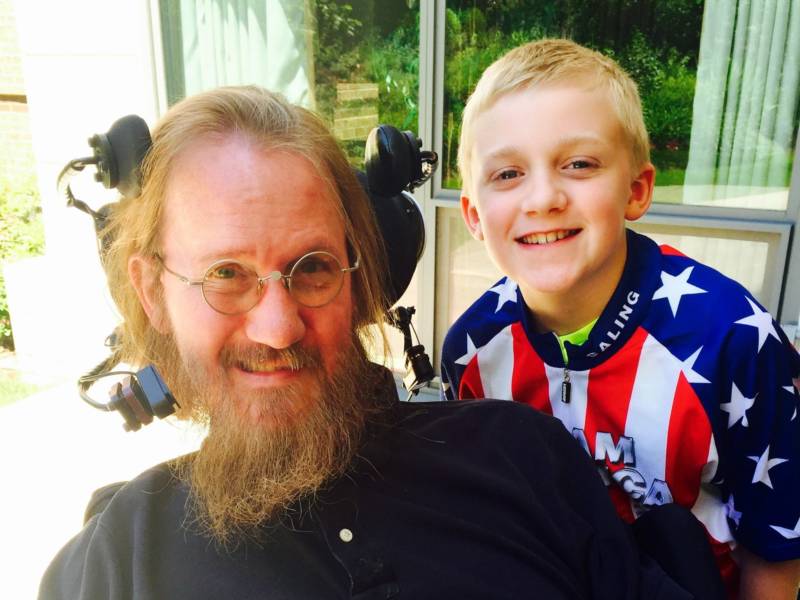Steve Saling controls his world in the blink of an eye.
Literally.
The assisted living facility Saling resides at is designed specifically for patients with amyotrophic lateral sclerosis (ALS). Saling is completely paralyzed, but when he blinks at a screen mounted to his wheelchair, he can open and close doors, propel himself forward, or, as STAT reports, call for the elevator.
He’d summoned the elevator before he left his room, and indicated where he wanted to go. The secret is a small, white box on the wall above the elevator call buttons. After Saling’s computer converts his blinks into radio frequency signals, the little box conveys them to a receiver in the basement. The signals are then sent as commands to the elevator’s computerized operating system.
Saling recalled that there was skepticism about the elevator during the design process.
“The biggest challenge was convincing the elevator sub-consultant that we could automate his elevator,” he says. “A few of the subs were reluctant to embrace change, but they all came around. It all came out beautifully.”
Saling was diagnosed with ALS, commonly called Lou Gehrig’s disease, 10 years ago, at age 38. Over the last decade, the nerves in his body have atrophied and died, but his mind is fully intact. ALS doesn't interfere with sensory nerves, so he can still hear, smell, taste, feel and see normally.
When he lost the ability to speak in 2009, he started communicating through a speech generating device, also controlled with eye movements. He narrates his story in a video below. (You can watch him make use of his automated residence starting around 9:21.)
